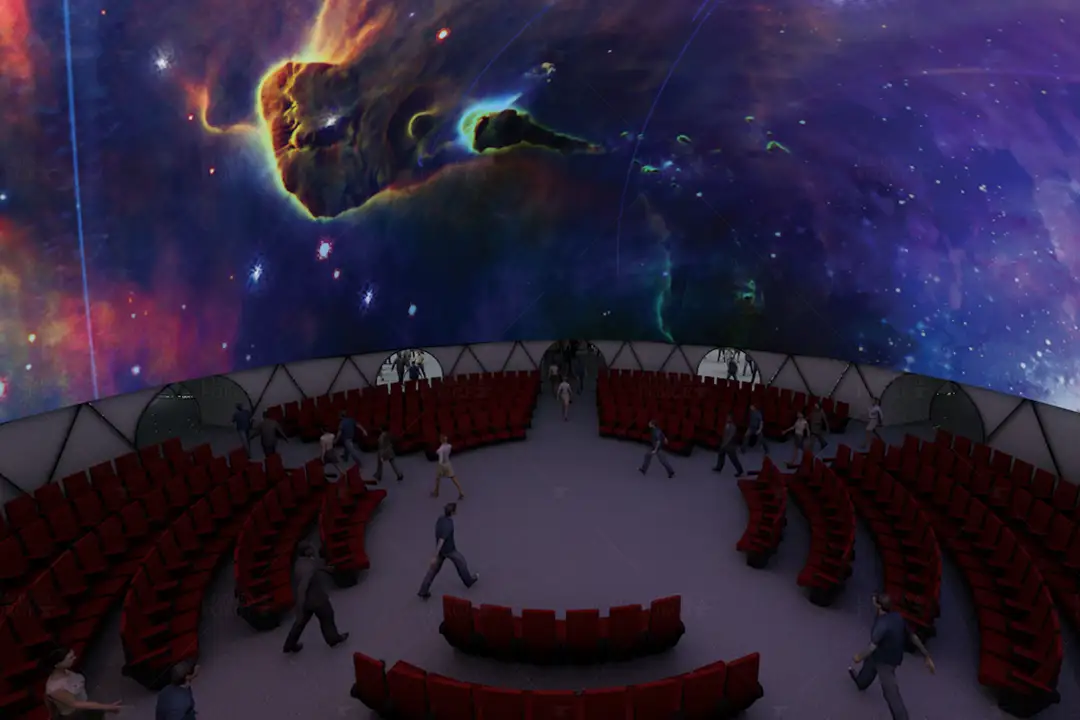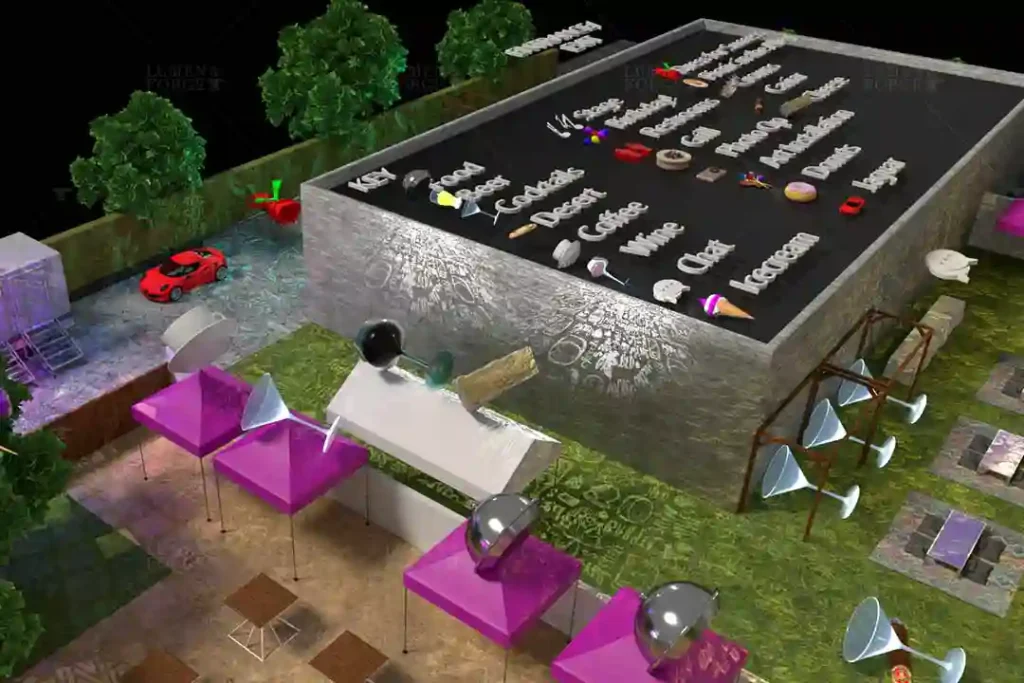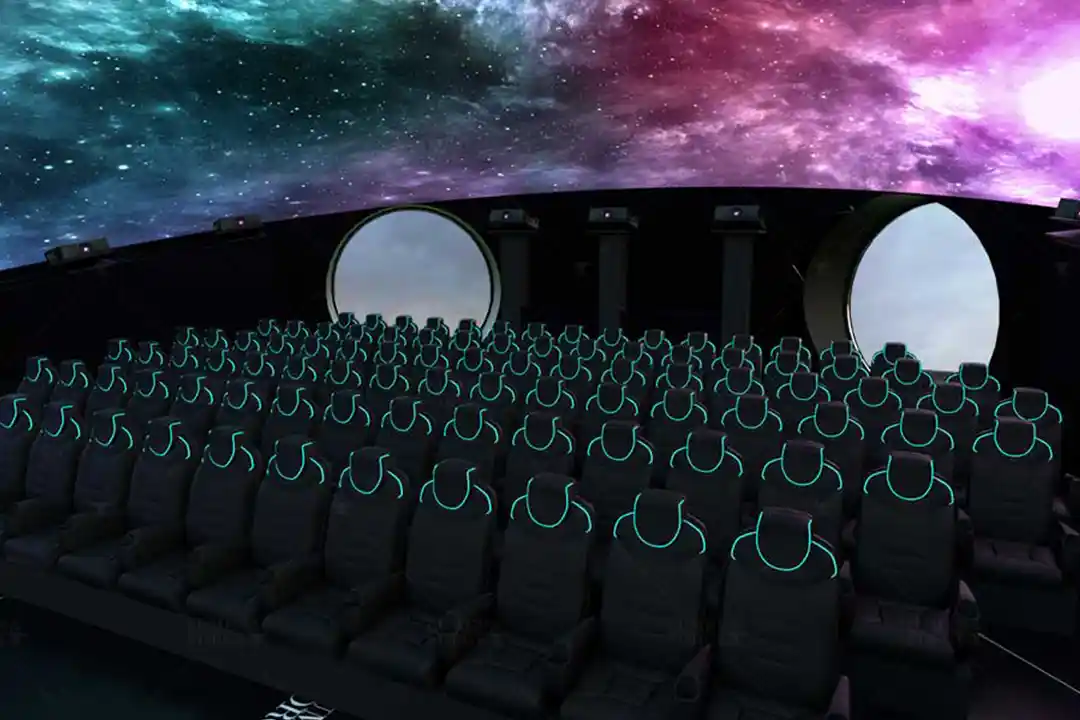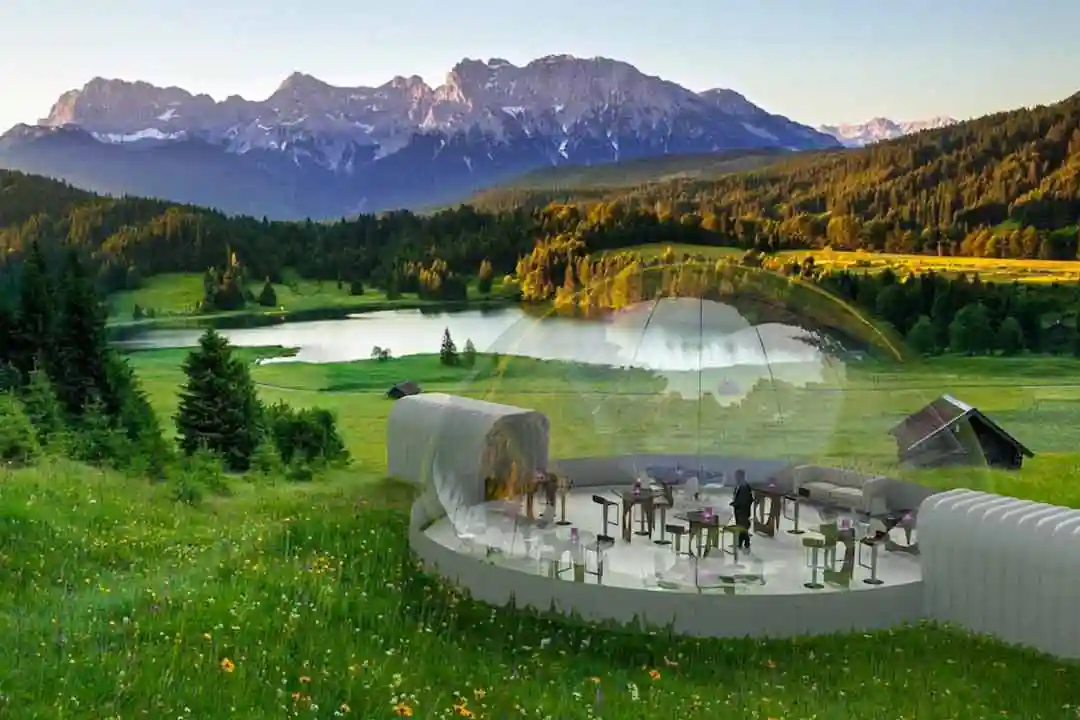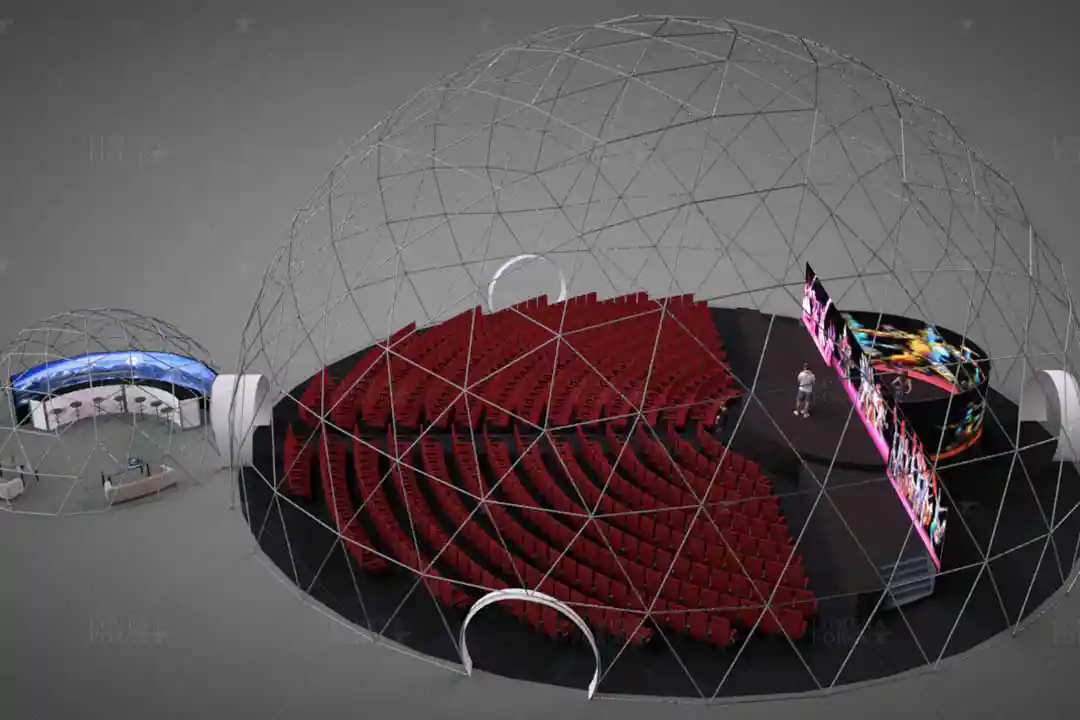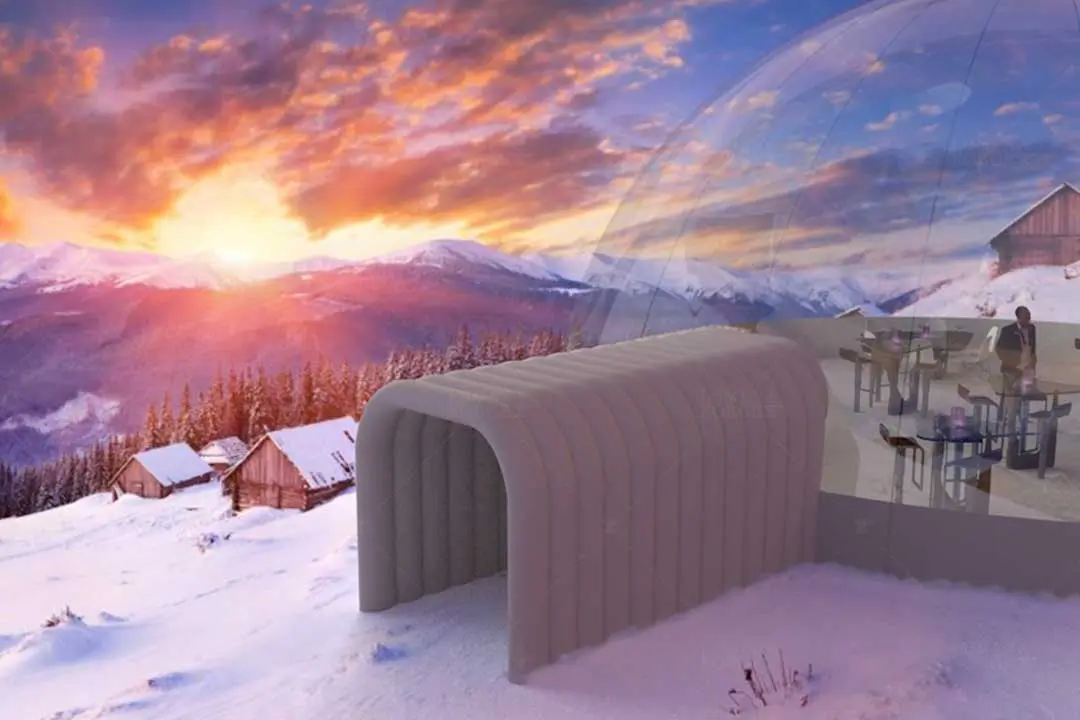In recent years, 3D visualization has quickly become one of the most revolutionary technologies across diverse fields like business, medicine, engineering, and design. There are many benefits of using 3D rendering technology. It provides the extraordinary ability to explore intricate designs before construction, delve into mesmerizing landscapes of distant galaxies, or dissect the tiniest molecular structures. This enhanced comprehension was not easy with previous technologies. 3D visualization goes beyond mere graphical representation to transform data into fully immersive and interactive experiences. It allows us to engage with subjects in entirely new dimensions, unlocking tremendous innovation, creativity, and communication potential.
In this blog post, we will define the fundamentals of 3D visualization technology and highlight 7 key benefits that make it a valuable tool for both professionals and customers alike. By understanding its capabilities, you can determine how best to leverage 3D visualization for your unique needs.
3D Visualizations - Animated Walkthrough Video
What is 3D Visualization?
At its core, 3D visualization utilizes specialized algorithms and computing power to generate ultra-realistic 3D environments from 2D data inputs. Unlike traditional 2D images, 3D visualizations incorporate all the depth, scale, lighting, textures, and perspectives of real-world objects and spaces. The level of realism achieved allows users to fully immerse themselves and interact with the visualization from any angle.
To achieve this level of realism, 3D visualization leverages powerful 3D rendering technology. Sophisticated modeling and ray tracing algorithms simulate how light rays interact with surfaces. Advanced texture mapping replicates materials down to pores and scratches. Physics engines determine how objects move and interact realistically. Particle systems can recreate weather, explosions, smoke, and other effects. Complex lighting mimics real-world illumination and shadows. All this comes together to create a final 3D environment of unprecedented realism.
The process involves converting 3D model data from CAD programs, 3D scans, or other digital sources into fully rendered 3D scenes. This is accomplished through dedicated visualization software that integrates all the rendering, animation, and simulation capabilities. The result is a profoundly engaging virtual representation that brings ideas and information to life beyond what is possible with traditional 2D mediums.
Whether experienced through a simple 3D image or fully interactive virtual reality, this technology enables unparalleled comprehension of spatial relationships, operational dynamics, and design aesthetics. It facilitates innovative problem-solving and decision-making across industries as diverse as healthcare, engineering, urban planning, and product design. 3D visualization is rapidly becoming integral to efficient design, research, and communication processes.
The Benefits of 3D Visualization:
There are many benefits to leveraging 3D visualization across diverse fields. Here are 7 advantages worth exploring:
1. Enhanced Collaboration
2. Greater Creativity
By providing a versatile digital workspace to experiment with shapes, structures, materials, and lighting, 3D visualization sparks inspiration and fuels creativity. Designers and engineers can see their visions come to life and iteratively refine concepts in photorealistic detail without the constraints of physical resources. This freedom empowers breaking through creative barriers in fields as varied as architecture, industrial design, animated film, and marketing.
3. Immersive Showcasing
Through interactive 3D experiences from product demos to architectural walkthroughs, 3D visualization enables the effective presentation of designs and ideas to clients or investors. It provides an experiential understanding that resonates far more deeply than static images or text descriptions. This allows concepts to truly shine and makes an impression that lingers in memory.
4. Enhanced Decision Making
5. Cost Efficiency
Because photorealistic 3D renders and virtual prototypes can be created and iterated upon digitally, 3D visualization maximizes cost efficiency throughout the design process. There is greater flexibility to explore options and refine details before investing in physical prototypes and infrastructure. This results in substantial time and money savings.
Other financial benefits include the ability to help business owners create cashflows before the project or product is physically created. For many buyers, seeing the finished product is a must before purchase, which sometimes isn’t an option. Using 3D visualization helps your customers get a feel for the product before it is created physically.
6. Faster Concept Iteration
One of the most transformational advantages of 3D visualization is enabling exponentially faster iteration of concepts compared to traditional methods. Architects, designers, and engineers can quickly visualize an idea, make tweaks, and view the revised design in minutes rather than days.
This rapid digital prototyping empowers exploring hundreds more variations to find the optimal balance of function and aesthetics. 3D removes the barriers of physical prototyping, where each version requires significant time and money to create. By accelerating iteration, 3D enables accelerated innovation across many industries.
7. Better Documentation
3D visualization enables the creation of comprehensive digital records of complex products, environments, and events for enhanced documentation. Detailed 3D models provide visual references that far exceed traditional 2D documentation methods. This supports improved archiving for design reference, historical preservation, maintenance procedures, and more. Rather than relying solely on written descriptions, 3D documentation creates interactive visual databases to more clearly convey complex product and place details.
From Rendering to Reality - The Dome, Miami Super Bowl

